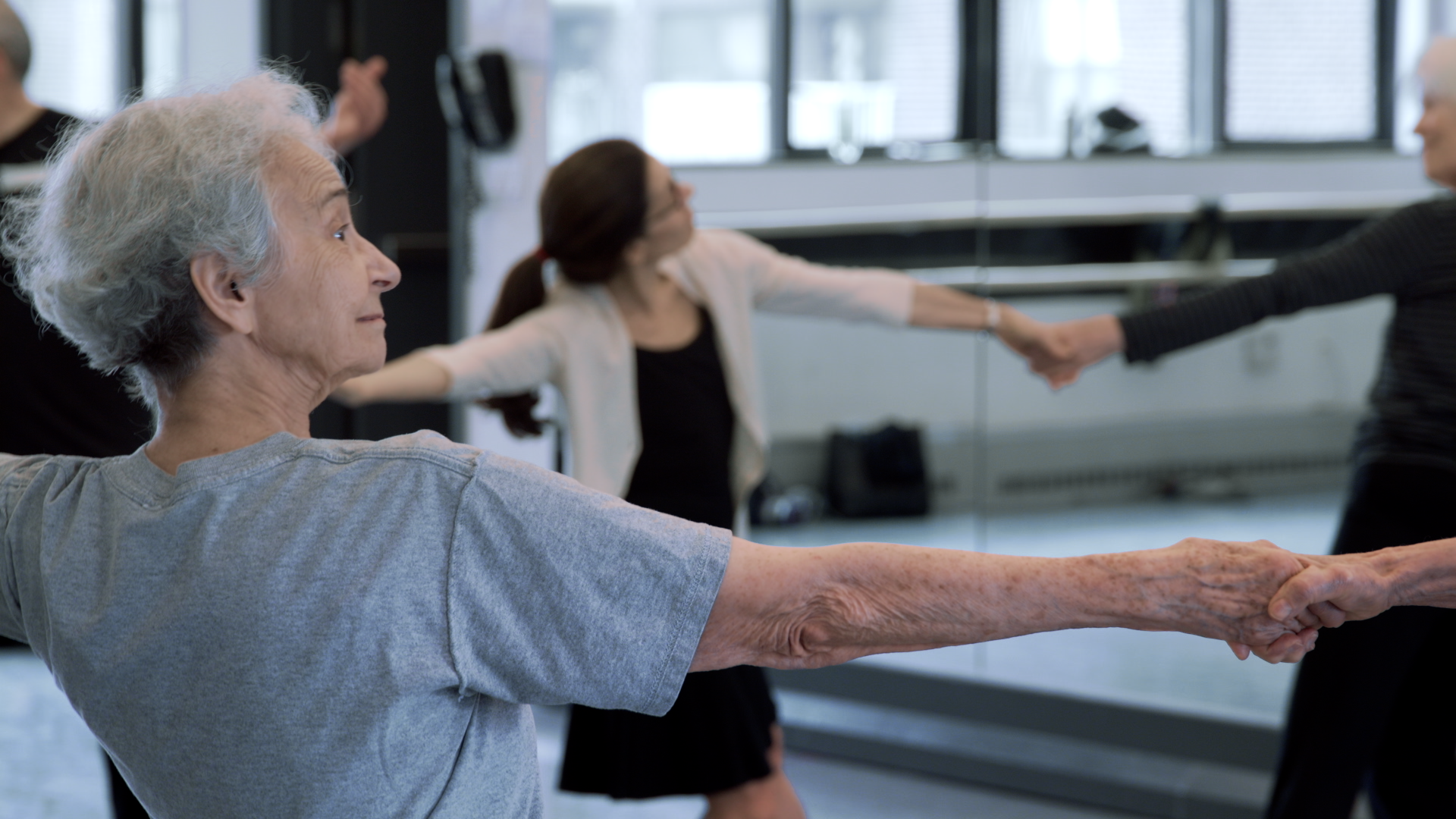Strong Foundations
The Sun King not only invented ballet in its modern form but in 1713 also founded the oldest ballet academy in the world.
Continue Reading
World-class review of ballet and dance.
In spring of 2017, Ellen Graff, Stuart Hodes, and Marnie Thomas Wood, all former members of the Martha Graham Dance Company, and Tony award-winning Broadway choreographer George Faison, set out to make dances for a group of older adults, many of whom had never performed onstage. Josefina Rotman Lyons, an older dancer herself, volunteered to film the project. The resulting documentary, “Revival,” is an honest and engaging take on what it’s like to dance in later life. Now available for streaming at Revivaldocumentary.com, the film won jury and audience awards when it made the rounds of film festivals. At a screening hosted by MGDC last week at its Westbeth studio theater in New York City, artistic director Janet Eilber framed the film’s topic as “longevity, aging, and beauty in the world of dance” when athleticism and youth are now so highly valued. “We celebrate that dance isn’t just for those under 40,” said Thomas Wood during the question and answer session that followed.

Michelle van Vlaanderen in rehearsal for Revival, a film by Josefina Rotman Lyons


“Uncommonly intelligent, substantial coverage.”
Your weekly source for world-class dance reviews, interviews, articles, and more.
Already a paid subscriber? Login
The Sun King not only invented ballet in its modern form but in 1713 also founded the oldest ballet academy in the world.
Continue ReadingThe Choreographic Platform Austria (CPA) held in Salzburg from 20–22 November 2025, has become a biennial focal point for contemporary dance in Austria.
Continue ReadingIt’s “Nutcracker” season at San Francisco Ballet—36 performances packed into three weeks—which means that the company is currently serving two distinct audiences.
Continue ReadingLast week I caught up with choreographer Pam Tanowitz and Opera Philadelphia’s current general director and president, countertenor Anthony Roth Costanzo to talk about “The Seasons,” the company’s latest production premiering at the Kimmel Center’s 600-plus seat Perelman Theater on December 19.
Continue Reading
comments